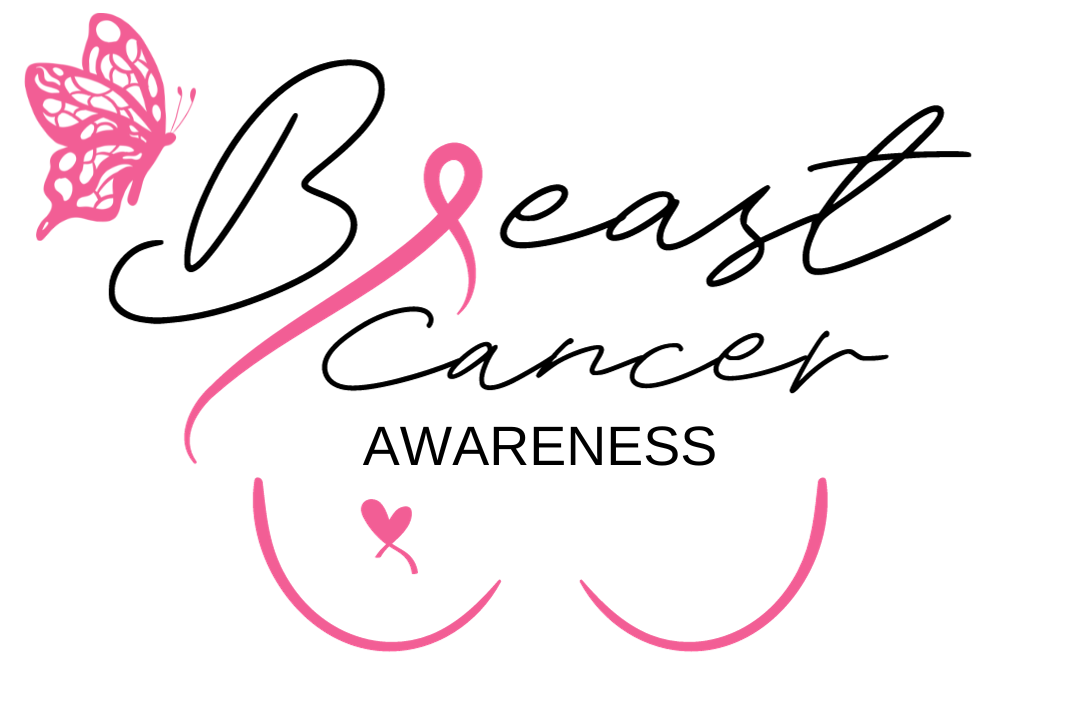
Check The Ta Ta's | A Breast Self- Exam Guide
Breast cancer is the most common cancer among women in the United States, excluding non-melanoma skin cancer. The good news is that when breast cancer is detected early, it is often highly treatable. That's why it's important for women of all ages to be breast aware and to perform regular breast self-exams.
What is a breast self-exam?
A breast self-exam is a simple way to check your breasts for any changes or abnormalities. It is important to perform a breast self-exam regularly so that you can become familiar with the way your breasts normally look and feel. This will make it easier for you to notice any changes that may occur.
How often should you do a breast self-exam?
The National Breast Cancer Foundation recommends that women of all ages perform a breast self-exam at least once a month. It is best to do your breast self-exam about a week after your period, when your breasts are less tender.
How to do a breast self-exam
There are two main ways to do a breast self-exam: in the shower and lying down.
In the shower:
- Raise your right arm and use the fingertips of your left hand to feel your right breast. Be sure to check the entire breast, from your collarbone to your ribs and from your armpit to your sternum.
- Repeat on the left side.
Lying down:
- Place a pillow under your right shoulder and lie on your back. Raise your right arm and use the fingertips of your left hand to feel your right breast. Be sure to check the entire breast, from your collarbone to your ribs and from your armpit to your sternum.
- Repeat on the left side.
What to look for during a breast self-exam
During your breast self-exam, be sure to look for any changes in the size, shape, or texture of your breasts. You should also look for any new lumps, bumps, or thickening. If you notice any changes, be sure to see your doctor right away.
However, if you are pregnant, your hormones are all over the place so your breast may be lumpy and bumpy so it can be difficult to detect any abnormal findings. Be sure to get your Prenatal Physical with your OB/GYN.
Other signs and symptoms of breast cancer
In addition to changes in the appearance or feel of your breasts, other signs and symptoms of breast cancer may include:
- A nipple discharge, especially if it is bloody or clear
- A change in the shape or size of one or both nipples
- Redness, dimpling, or puckering of the breast skin
- Pain or tenderness in the breast that is not related to your menstrual cycle
If you notice any of these signs or symptoms, be sure to see your doctor right away.
Breast cancer is a serious disease, but it is often highly treatable when detected early. That's why it's so important for women of all ages to be breast aware and to perform regular breast self-exams. By knowing your breasts and being on the lookout for any changes, you can help to ensure that any breast cancer that may develop is detected as early as possible.
This Blog is dedicated to my auntie. Sleep in Peace.
